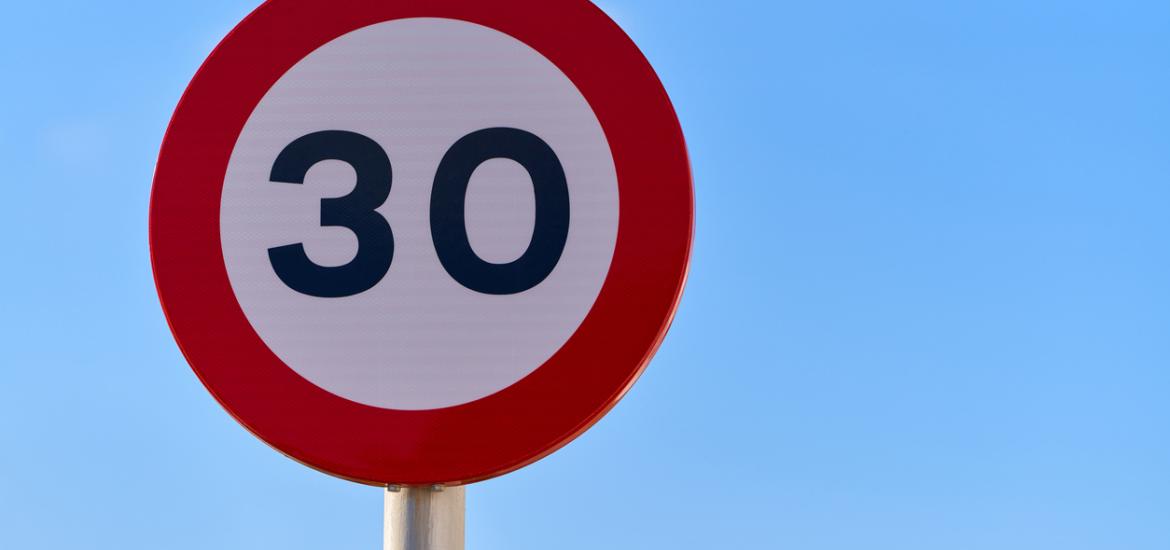
Dosing limit solves BioNTech's clinical hold

The good news for BioNTech is that the US clinical hold on BNT326, the anti-HER3 ADC it licensed from China’s MediLink, lasted barely two months. The big question now is whether the company’s apparent way around this hold – focusing development on doses no greater than 3mg/kg – will leave it with enough of a therapeutic window. So far the signs are good, given that phase 1 results presented at ASCO showed a 42% ORR to hold consistently whether the data were cut by the 24 patients dosed at up to 3mg/kg, or the 29 given higher doses. Investors with a nervous disposition will note that eight of the 11 deepest responses (target lesion decrease of at least 50%) came from doses above 3mg/kg. Still, there didn’t appear to be a meaningful difference between the high and low doses in terms of how soon responding patients relapsed – a positive sign given that at up to 3mg/kg BNT326’s safety profile was described as manageable. And there’s also good news for other developers of HER3-targeting projects: the adverse events, in particular neutropenia and mucositis, were not product-specific but are commonly observed with established chemotherapies, BioNTech told ApexOnco.
MediLink's phase 1 data with BNT326/YL202
≤3.0mg/kg | 0.5-5.5mg/kg | >3.0mg/kg | |
|---|---|---|---|
| Efficacy-evaluable patients (NSCLC & breast cancer) | 24 | 53 | 29 |
| ORR | 42% | 42% | 41% |
| Neutropenia at gr3+ | 17% | 31% | 42% |
| Any serious TRAEs | 25% | 44% | 58% |
Source: ASCO & OncologyPipeline.
1009













